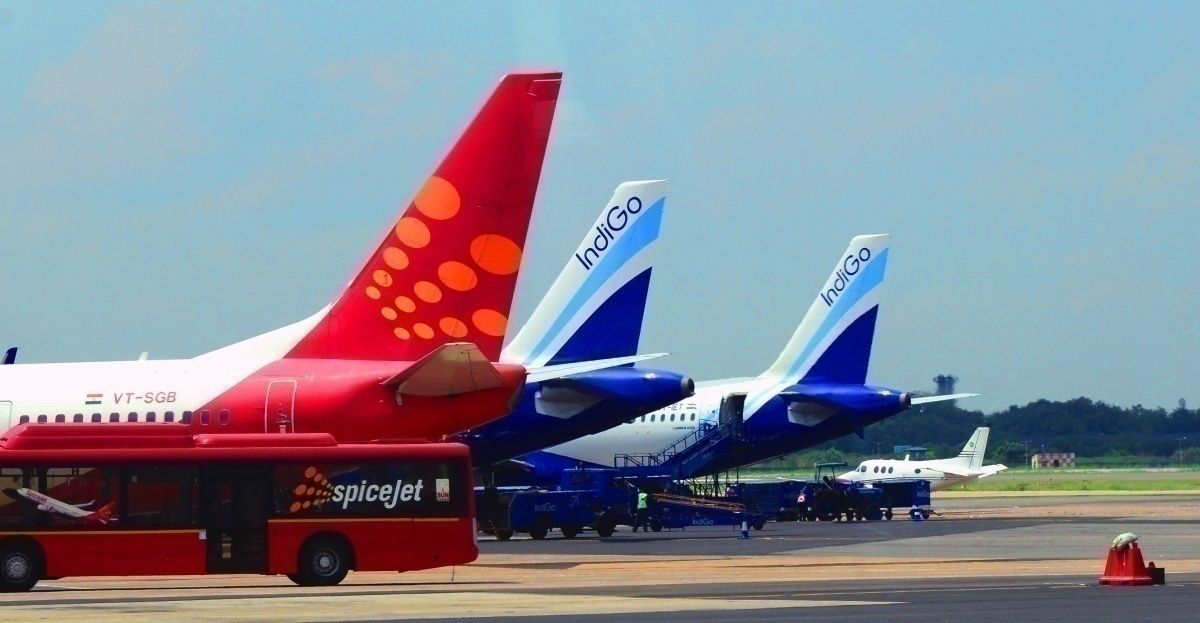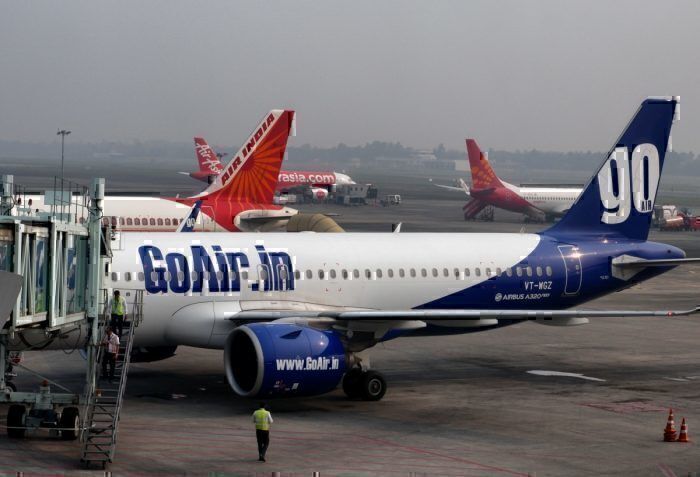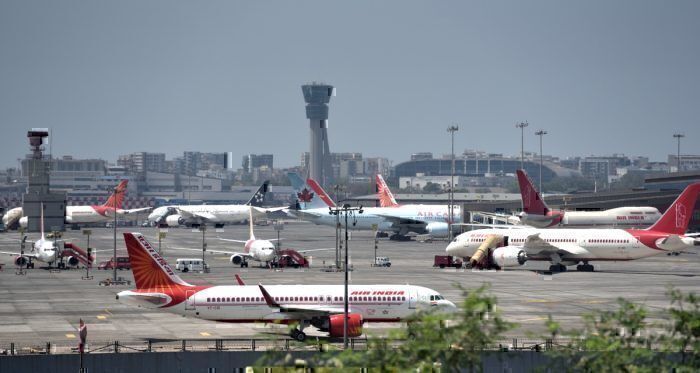As the number of confirmed cases of the coronavirus continues to grow in India, many are asking how long will Indian aviation take to recover. India is one of the few countries which has opted to ban all flights, domestic and international, in a bid to contain the virus. This has put considerable pressure on airlines, which are hoping for government intervention soon. So when will airlines return to their full capacity?
When will airlines fly again?
The first step in the recovery will be to allow airlines to start flying once again. Only once airlines begin operating flights will we be able to judge the demand for air travel. Until now, airlines haven't indicated any plans for permanent capacity cuts, a positive sign of hope for the industry's recovery.
In terms of when the current flight restrictions will be lifted, we have had some indication from the government. India's Civil Aviation Ministry recently allowed carriers to accept bookings for domestic flights after the 14th of April, a sign that flights could be back in the air soon. However, rumors about a possible lifting of the ban were quickly put to bed by the Minister himself. For now, there seems to be no indication as to when domestic travel will resume.
What will post-pandemic demand look like?
Once carriers can fly once again, it will be passenger demand which will govern any further decision. Carriers such as Lufthansa are predicting that the market will be smaller for a while, but others are anticipating that demand will bounce back soon after the virus subsides.
In India, carriers seem to be predicting the latter, as they avoid laying off staff in hopes that they'll need them again soon. Airlines could reverse course on this decision in the case that flights are unable to operate for an extended period.
According to CAPA, an industry analysis firm, predictions are that airlines could lose up to $1.75bn if they remain grounded until June. IndiGo and SpiceJet could alone rack up $1.25-1.50bn in losses in the first half of the year. The figures highlight the severity of the situation and any further growth or losses will depend solely on demand.
Government intervention
One of the most important steps in the recovery process is the government providing support to airlines. With no flights in the air, airlines have negligible revenues but sky-high costs to absorb, including paying staff and maintaining fleets. In order to ensure that the industry survives, the government will have to provide a major aid package with long-term support.
CAPA predicts that airlines will need three stages of relief: beginning with emergency cash infusions to meet costs, then offering deferred or waived airport charges and taxes, and finally providing lines of credit for airlines and even grants, if necessary. While this is the ideal plan for airlines, the government may attach some requirements, such as banning lay-offs, before handing out money. It is also to be noted that the government is yet to give out details of any bailout, as a previous plan seems to be shelved for now.
At the end of the day, Indian aviation's recovery will be led by passengers and their willingness to travel. While the government and airlines can facilitate this process to be as smooth as possible, but without passengers, no airline can survive in the long run.



